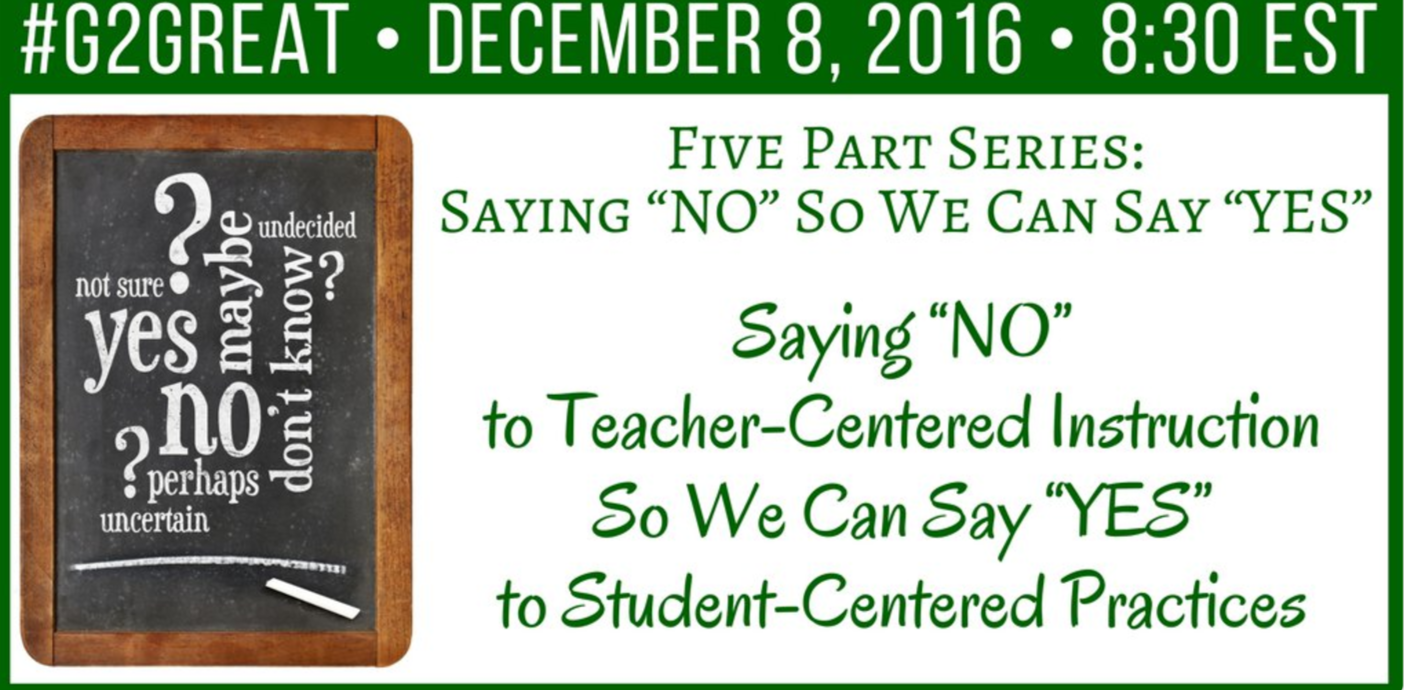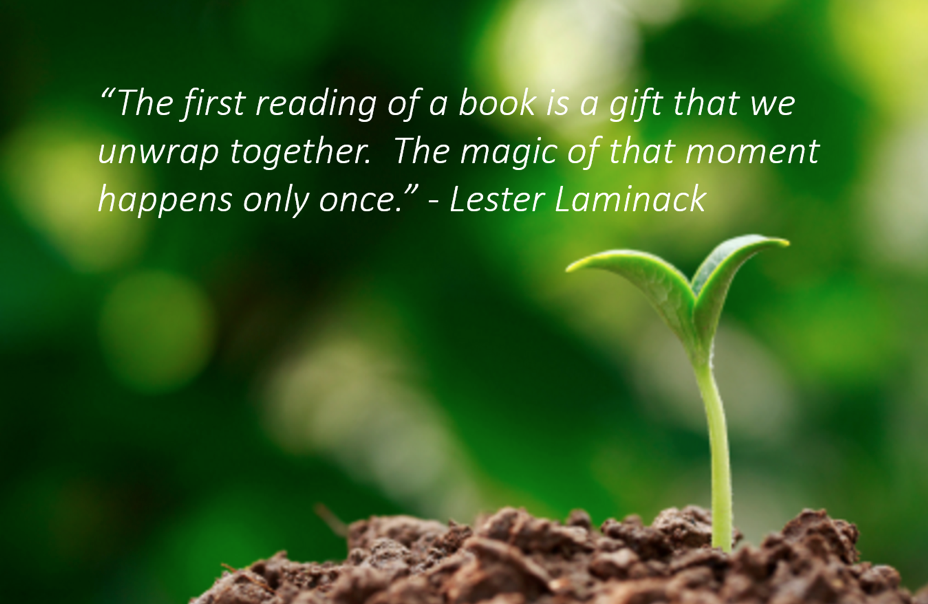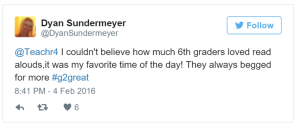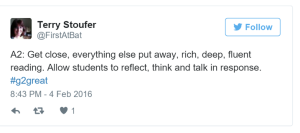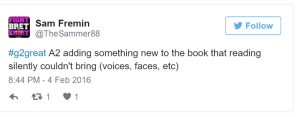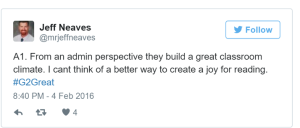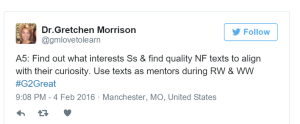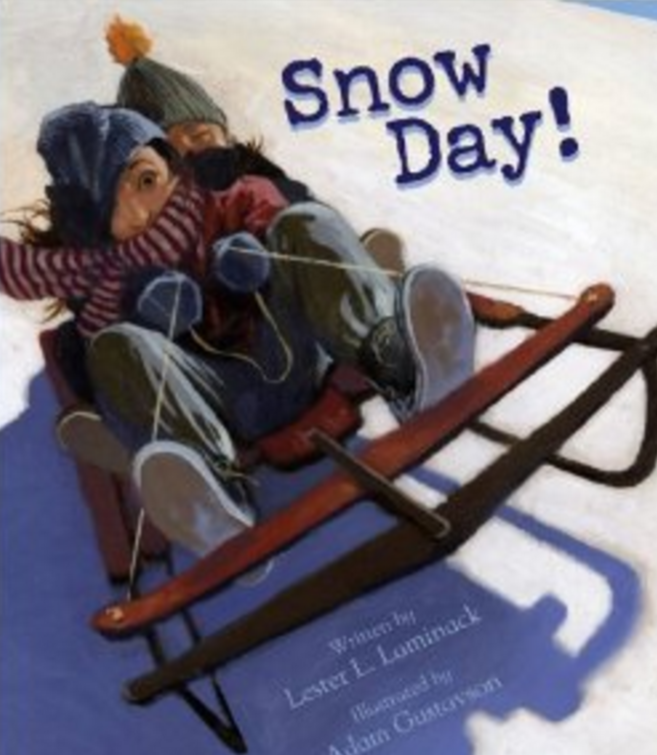By Jenn Hayhurst
Dear Readers,
On a personal note, this blog post is dedicated to the memory of Kathleen Tolan, who devoted her life to student-centered practices. She would have been the first to, unapologetically, say “no” to whatever was not in the best interests of students. For this, and so many other reasons, she was a teacher to admire.
On December 8, 2016 #G2Great continued a conversation in our Five Part Series: Saying “No” So We can Say: “Yes” as we examined the topic – Saying “No” to Teacher-Centered Instruction So We Can Say “Yes” to Student-Centered Practices. These conversations are essential to the health and well-being of our profession because as we examine our beliefs, we clarify the work the work that needs to happen in our classrooms. Our professional growth is both an individual and collective process. If we keep the conversation going, we can begin to uncover the power of our impact. Ours is a community that is devoted to discovering professional empowerment.
Get Set:
Saying yes or no to any practice begins with reconciling what we believe. Now more than ever we need to make decisions around best practices that link to an authentic philosophy for educational practices. Our stances must be informed by formative and summative data and it is imperative that we read and write professionally, This is how we have the good judgement to say yes or no to a mandate that does not keep students at the center of decision-making:
Get Ready:
Part of keeping students at the center of instructional decision-making means that we value independence. We say yes to independence when we flex guided practice. Setting explicit goals, modeling and reflection are some practices that we need to incorporate into our instructional day. These are practices that every teacher can say yes to despite any mandate that comes our way:
Letting Go:
During the chat our conversation took a turn toward agency. For me, agency is a topic I return to again and again. It is the ultimate intention for every teacher – to have students who work with as Peter Johnston put it “a sense of agency”. Working in classrooms We know there are many paths to independence as we work to create our maps for empowered learning. No matter where we work or what curriculum we follow there is always room for the gradual release through guided practice and collaborative learning. When we can finally let go and have and give students room to teach and learn from each other we know we have achieved a classroom built on a foundation of high expectations that students can grow into:
A teacher’s life is immersed in growth We are always evolving as if we are waking up to new understandings for how students learn best. Coming together each week for #G2Great is a way to uncover these best practices and that is amazing. However, I think what I love the most about our brilliant PLN is that no matter where anyone is in the journey, we are always coming back to kids at the center and to learn with a sense of joy and wonder.
